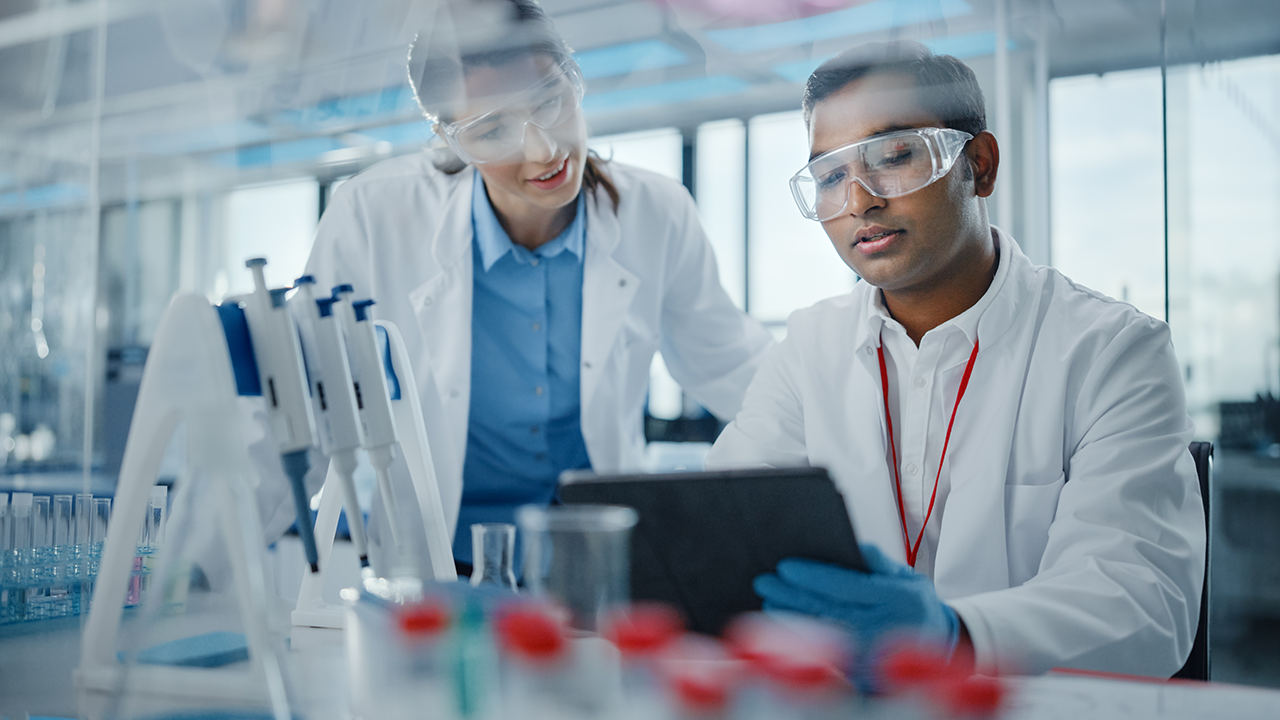Key points
- Whole stool is the preferred clinical specimen for laboratory diagnosis of norovirus.
- If food or water is the suspected cause of an outbreak, collect samples soon after people were exposed and immediately refrigerate.

Specimen types
Several clinical specimens can be collected for norovirus testing.
Stool
Whole stool is the preferred clinical specimen for laboratory diagnosis of norovirus. Specimens for norovirus testing may also be Cary-Blair medium or stool specimens.
During outbreak investigations
- Collect specimens from at least 5 ill people during the acute phase of illness (up to 72 hours after symptoms start), while the stool is still liquid or semisolid.
- Increase the number of specimens collected if collecting specimens:
- After the acute illness phase or after symptoms have resolved (up to 7 to 10 days after onset).
- For large or protracted outbreaks.
- After the acute illness phase or after symptoms have resolved (up to 7 to 10 days after onset).
For shipping
If the stool specimens are shipped to a laboratory for testing, each sample should be:
- Clearly labelled with a unique identifier (such as specimen ID),
- Placed in a leak-proof plastic container and sealed in a separate bag, and
- Kept on frozen refrigerant packs in an insulated, waterproof polystyrene container.
When to refrigerate
Refrigerate samples at 39°F (4°C) if testing occurs:
- Within 2 to 3 days from collection for whole stool and Cary-Blair specimens.
- Within 2 to 3 weeks for stool specimens.
If testing occurs beyond these times or are to be archived, samples should be frozen ideally at -94°F (-70°C). Or they should be stored at -4°F (-20°C), if storage at -94°F (-70°C) is not available.
Vomitus
Vomitus can be collected in addition to stool specimens during an outbreak investigation.
- Collect and ship in the same way as stool specimens.
- Always store frozen at -4°F (-20°C) or at -94°F (-70°C).
Serum
Serum specimens are not recommended for routine laboratory diagnosis of norovirus illness.
If feasible and warranted for special studies, acute-phase (symptoms showing) and convalescent-phase (recovering from symptoms) serum specimens may be collected; then tested for a greater than four-fold rise in IgG titer to noroviruses.
- Collect acute-phase serum specimens during the first 5 days after the symptoms start.
- Collect convalescent-phase specimens during the third to fourth week after the symptoms start.
- Store serum samples frozen at -4°F (-20°C).
Non-clinical specimens
Norovirus can be detected in water, food, and environmental specimens. However, the virus first needs to be concentrated and/or extracted from the water or food specimen.
Water
- Water can be tested for norovirus by processing large volumes (up to 100L) through specially designed filters.
- Validated methods for extracting the virus from clean water and from surface water are available from CDC.12
- Store water samples refrigerated or chilled on ice at 39°F (4°C).
Food
- Validated methods for extracting the virus from food commodities are available at the US Food and Drug Administration (FDA) ― including shellfish, leafy greens, and berries.345
- Store food samples frozen at -4°F (-20°C).
If food or water is the suspected cause of an outbreak:
Environmental
- Swabs of objects, such as doorknobs and handrails, and hard surfaces, such as kitchen counters, can also be tested for norovirus.
- The amount of virus on surfaces is often low and detection of virus from swabs is not always possible. 6
- Interpret results with caution and in the context of the available epidemiologic evidence.
Resources
From state health departments:
- How to Collect a Stool Specimen (Oregon Health Authority)
- Video: How to Collect a Stool Sample (Oregon Health Authority)
- It-Kit™(Oregon Health Authority)
- Submitting a Stool Sample (Minnesota Department of Health)
- Hill VR, Mull B, Jothikumar N. et al. Detection of GI and GII Noroviruses in Ground Water Using Ultrafiltration and TaqMan Real-time RT-PCR. Food Environ Virol 2, 218–224 (2010).
- Mull B, Hill VR. Recovery of diverse microbes in high turbidity surface water samples using dead-end ultrafiltration. J Microbiol Methods. 2012;91(3):429-433.
- Bacteriological Analytical Manual (BAM), Chapter 26: Detection and Quantitation of Hepatitis A Virus in Shellfish by the Polymerase Chain Reaction
- Bacteriological Analytical Manual (BAM), Chapter 26B: Detection of Hepatitis A Virus in Foods
- Sampling and Testing Method Guidance for the Detection of Norovirus and Hepatitis A Virus in Soft Fruit
- Park, GW, Chhabra, P, Vinjé, J. Swab Sampling Method for the Detection of Human Norovirus on Surfaces. Vis. Exp.2017;(120):55205. doi:10.3791/55205; Video
